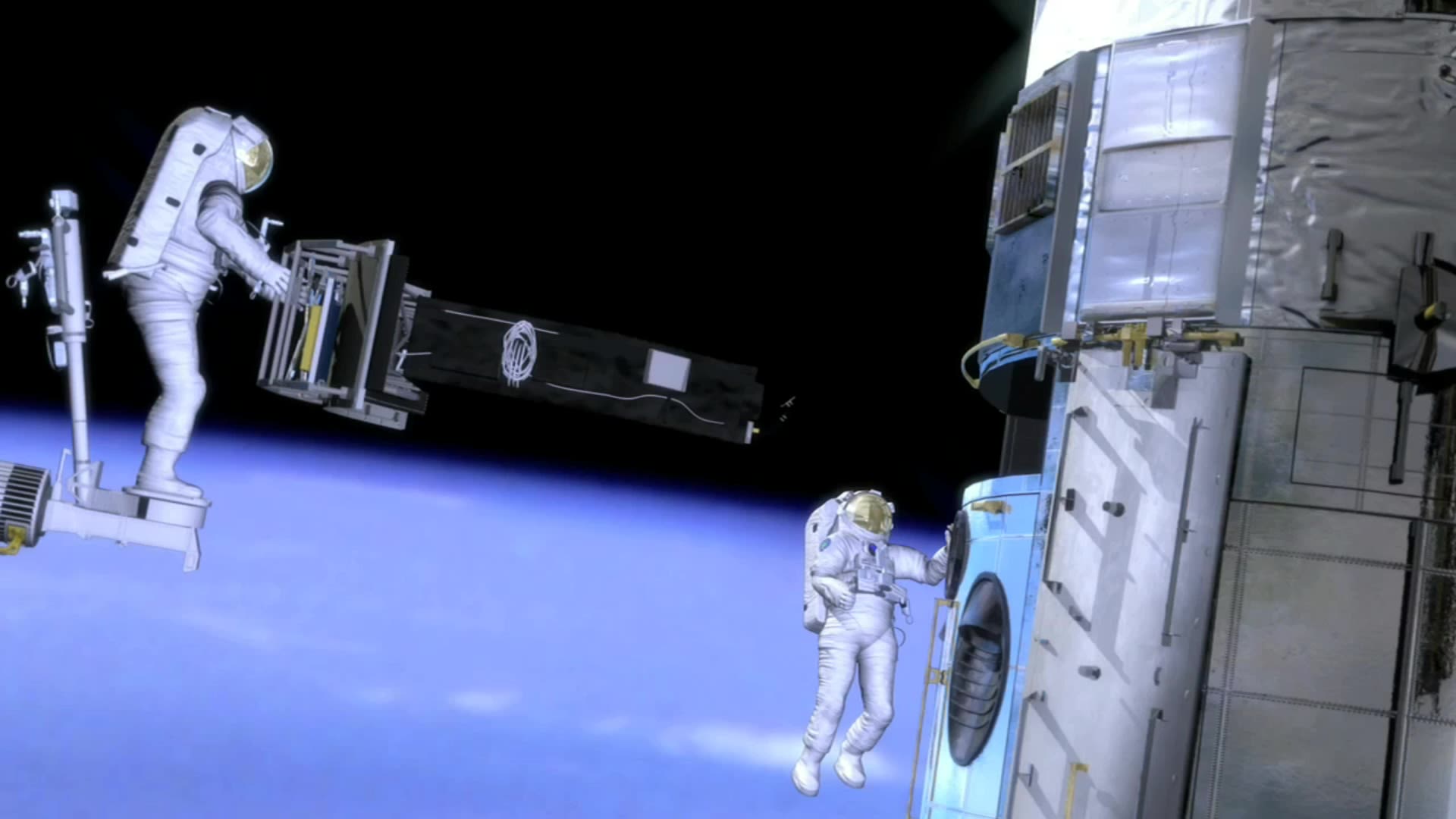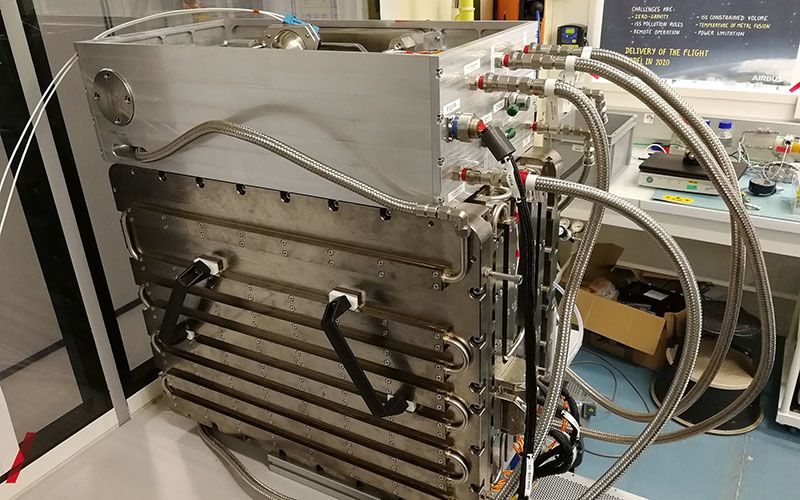Sustainability in space
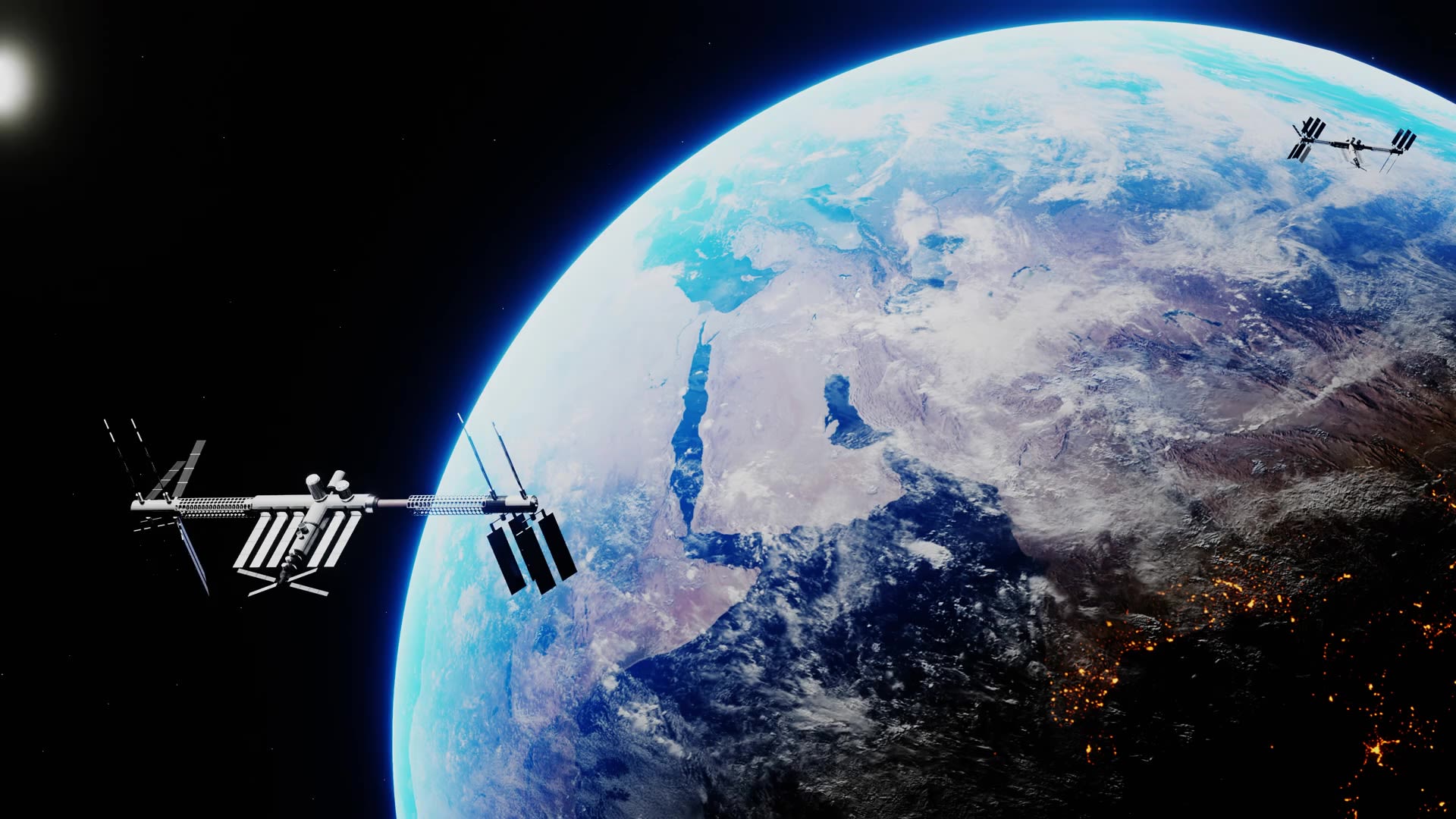
Sustainability in space
The sustainable management of our near-Earth space environment is becoming a pressing concern to those who see space as an essential part of humankind’s advancement.
The legacy of our past use of space means that our vital communications and Earth observation satellites are having to avoid more than 500,000 pieces of debris, equivalent to over 9,000 tonnes, currently in orbit.
And yet, as costs continue to decline, the frequency of satellite launches, both private and state, will increase significantly, thereby increasing the potential for in-orbit collision. Furthermore, these satellites and other proposed in-orbit assets will need to be maintained and repaired, but without the current high-cost component supply chain and risks associated with direct human involvement.
If we want to do more in space we urgently need systems that are capable of managing active space operations safely and cleaning up past debris.
Sustainability in space requires:
- Managing the space environment for mission safety,
- in-orbit autonomous manufacture and maintenance of satellites and sub-systems,
- and the eventual adoption of the circular economy principles that are being advocated here on Earth.
At Cranfield, we are actively developing future space sustainability concepts and creating technologies that will enable their deployment.

Space systems management
“Our aim to become debris neutral in just a few years will require clearing precious Earth orbits once a mission is complete, and if the mission fails to do this, it must be actively removed by dedicated vehicles.”
Cranfield welcomes the ambition of ESA's (European Space Agency) Clean Space initiative. ESA has long recognised the need for a sustainable space environment and, through increasingly-proactive policy-making, has established its eight 'Zero Debris by 2030' recommendations for adoption by member states.
At Cranfield, we recognise that debris removal in itself creates environmental impact and cost. Therefore, our thinking goes beyond 'management by removal' to 'management by re-use'. In other words, adopting a circular rather than linear economy model, however, the full deployment of a circular economy model is challenging.
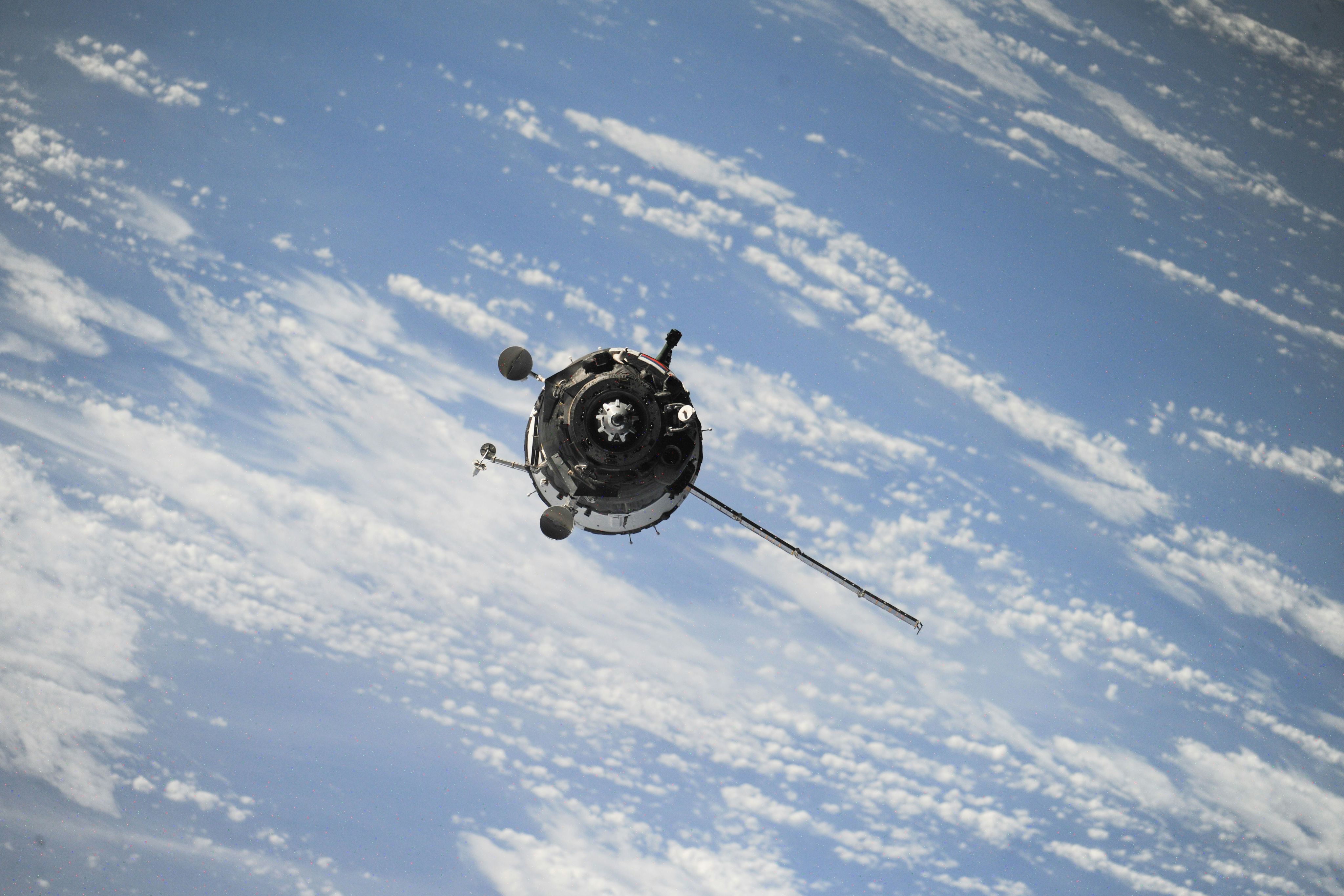
Research in action: Scavenger-Recycler-Customer model
Cranfield has developed a Scavenger-Recycler-Customer model to explore the practical potential of a circular economy model with the customer being based on a Vast Satcom Antenna (VASANT) concept.
The Scavenger is equipped to meet up with selected targets, harvest parts and components (initially solar panels, radiators, antenna reflectors) and then store and deliver them to the Recycler for processing. Selection of the targets is made from non-operative satellites in geostationary orbit (GEO). Manoeuvres are planned to reduce the propellant consumption, thus increasing the number of accessed satellites.
The Recycler is located in GEO and is capable of receiving parts from the Scavenger spacecraft and performing a range of inspection, recycling and repurposing operations. Scavenged materials can be re-formed into structural elements or reused in their original form if inspection shows they meet a minimum performance threshold.
Through the work of academics and students at Cranfield, the system architecture of the major components of the Scavenger-Recycler-Customer model have been established. They depend on the development and implementation of key manufacturing and maintenance technologies, which are also being developed at the University.

Scavenger-Recycler-Customer circular economy model for space systems management.
Scavenger-Recycler-Customer circular economy model for space systems management.
In-orbit autonomous manufacture
In (or on)-orbit manufacture and repair of components is seen as a vital step towards a sustainable existence within space.
Despite the increasing availability of launch vehicles and the subsequent reduction in costs, if we are to have a permanent presence in space that is part of interplanetary transport systems or supporting near-Earth satellites, then we must know how to manufacture, assemble and maintain the technologies that we will be reliant upon while beyond the Earth’s atmosphere.
Cranfield is contributing to this important area both in the laboratory and in orbit.
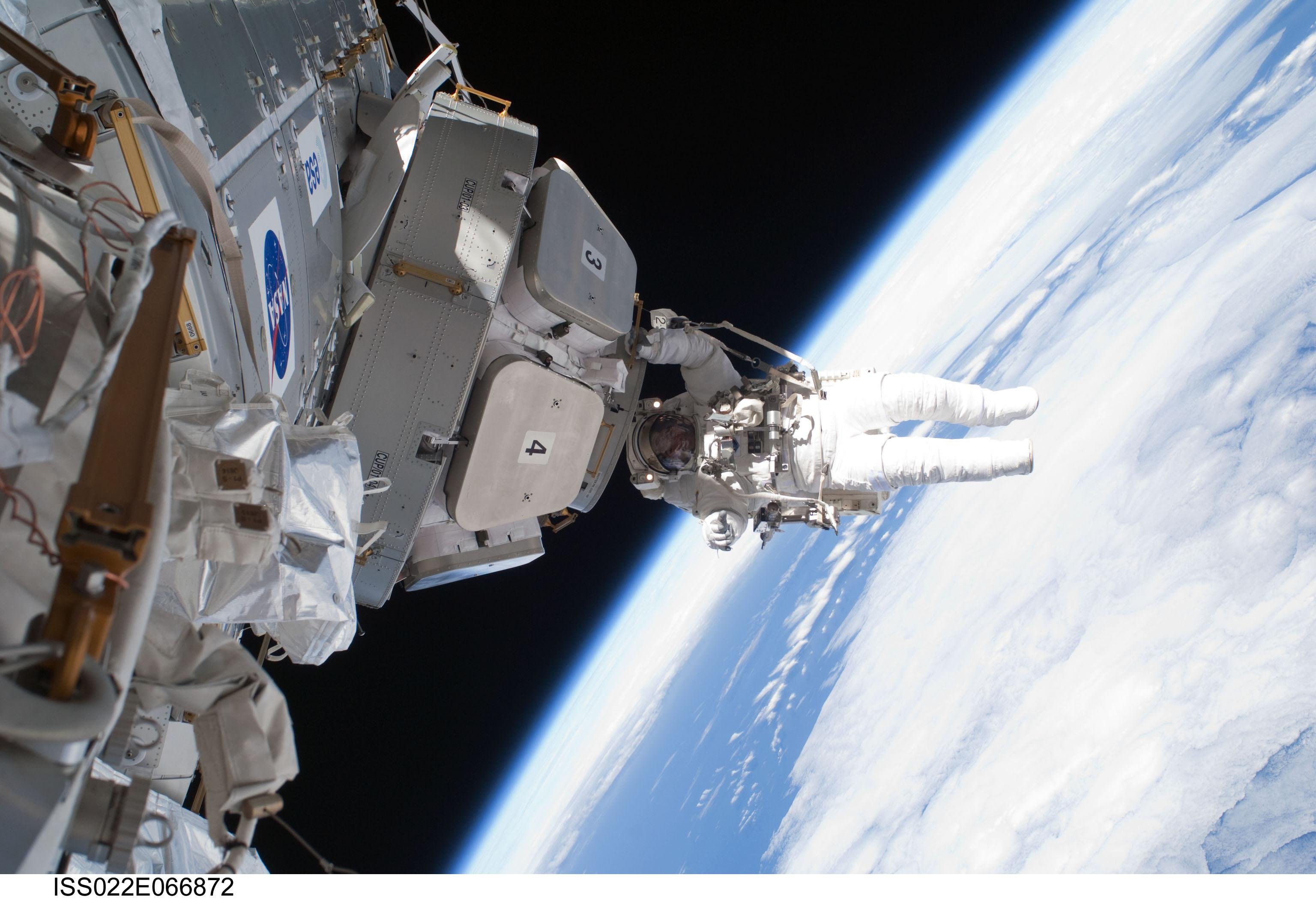
Research in action: On-demand spare parts for space stations
Through our work with an international team led by Airbus Defence and Space and funding support from ESA, Cranfield has contributed to the development of the first in-orbit metal 3D printer which launched to the International Space Station on 30 January 2024.
Weighing 300kg, the microwave-sized additive manufacturing cell, fuelled by high-powered lasers, is allowing the team to understand how both the manufacturing technique and the metal itself are affected by the microgravity environment.
Metal additive manufacturing is already an emerging technology within the aerospace sector, reducing costs and production times. Developing the same capability within space will be an important step to towards enabling the reliable cost-effective supply of new components. However, the manufacture of components and systems is just part of the challenge, their assembly and their maintenance is also required.
In-orbit assembly and systems maintenance
In-orbit assembly and systems maintenance will provide flexibility to many future space mission designs.
Robotic systems applications will play a vital role in these designs. From building structures for human habitation on Mars or the lunar surface, to assembling large telescopes and structures for space-based solar power harvesting or commercial telecommunications.
The assembly and maintenance of these infrastructures in space will involve complex tasks with high reliability, efficiency, and safety requirements that will require the deployment of autonomous robots, particularly for repetitive, structured, and standardised tasks.
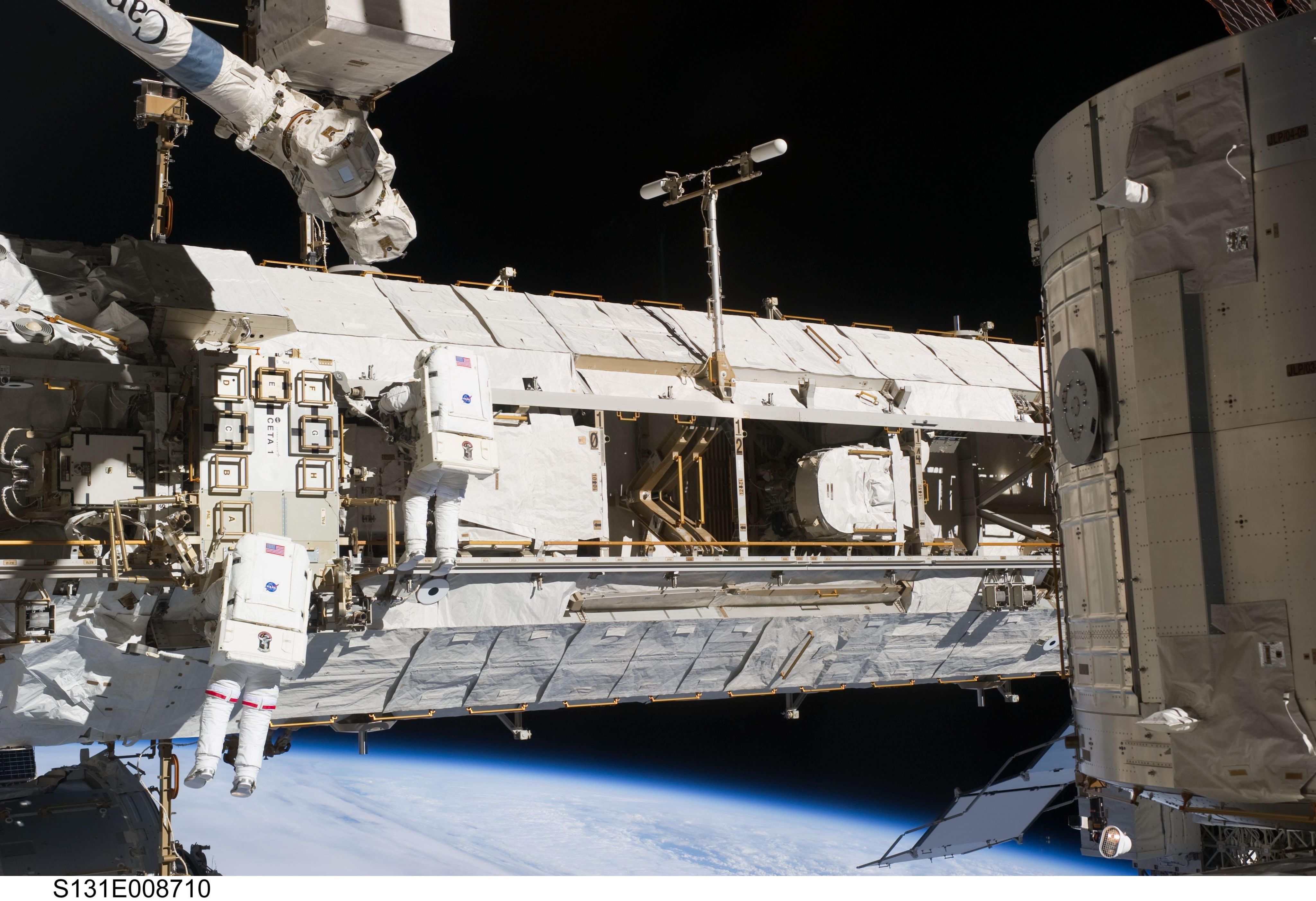
Unique research facilities: ASTRA-Lab
We are working with industry to create the capability to evaluate and enhance the performance of space robots and spacecraft through the development of unique research facilities, collectively known as the advanced space technology for robotics and astronautics laboratory (ASTRA-Lab).
The ASTRA-Lab has an in-orbit servicing and manufacturing (IOSM) test area that uses reduced friction floating platforms alongside robotic manipulators to simulate space conditions for in-orbit operations. It allows for testing in-orbit proximity and assembly technologies throughout the utilisation of prototypes of robotic assemblers and spacecraft.
The laboratory is currently developing a multi-arm robot demonstrator to increase the technology readiness levels (TRL) for in-orbit assembly in an ESA-funded project under a consortium involving industry and academia. This technology would be a game-changer for the implementation of new missions in the years to come.
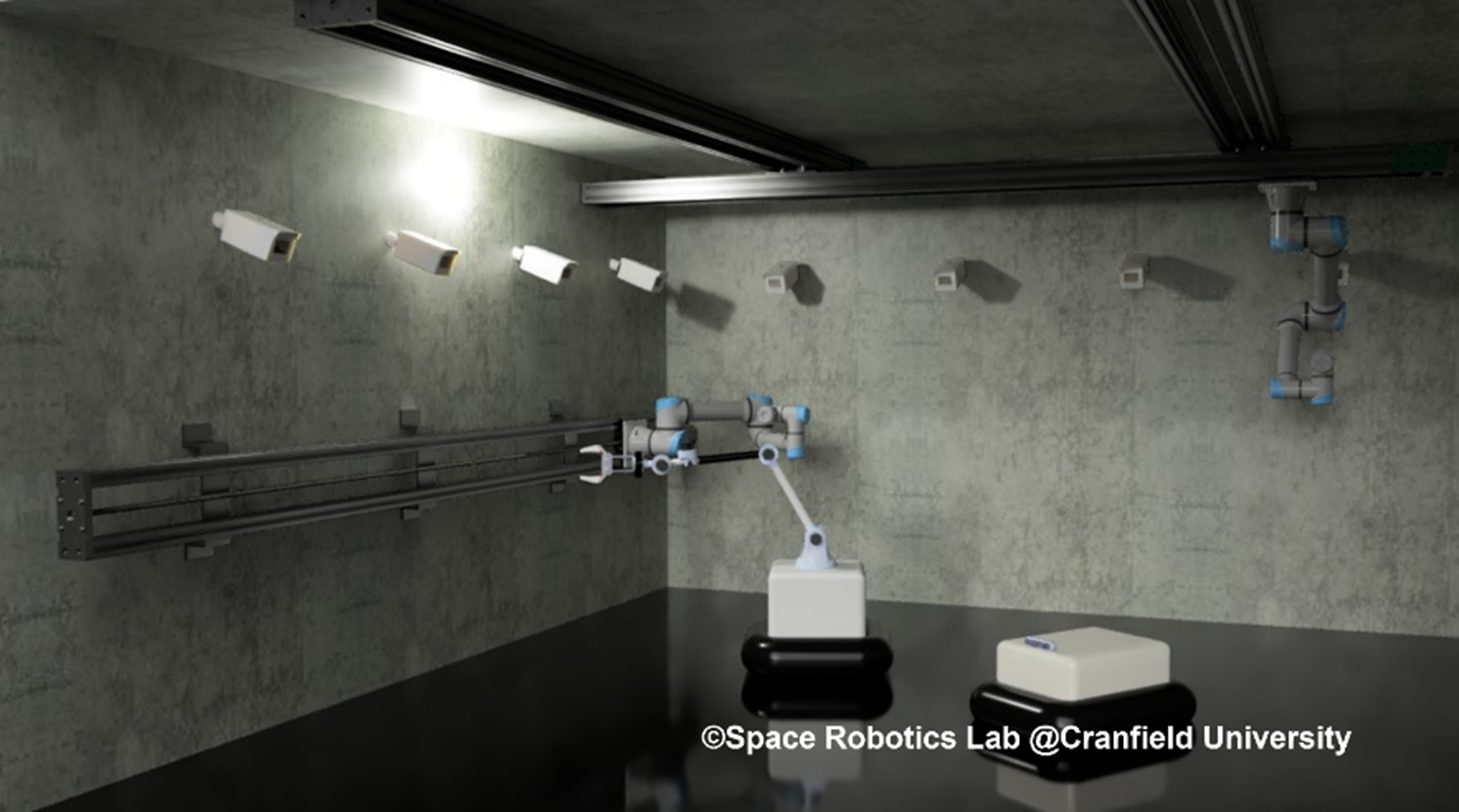
3D CAD render of the ASTRA-Lab concept design.
3D CAD render of the ASTRA-Lab concept design.
Find out more about our research and work in space
